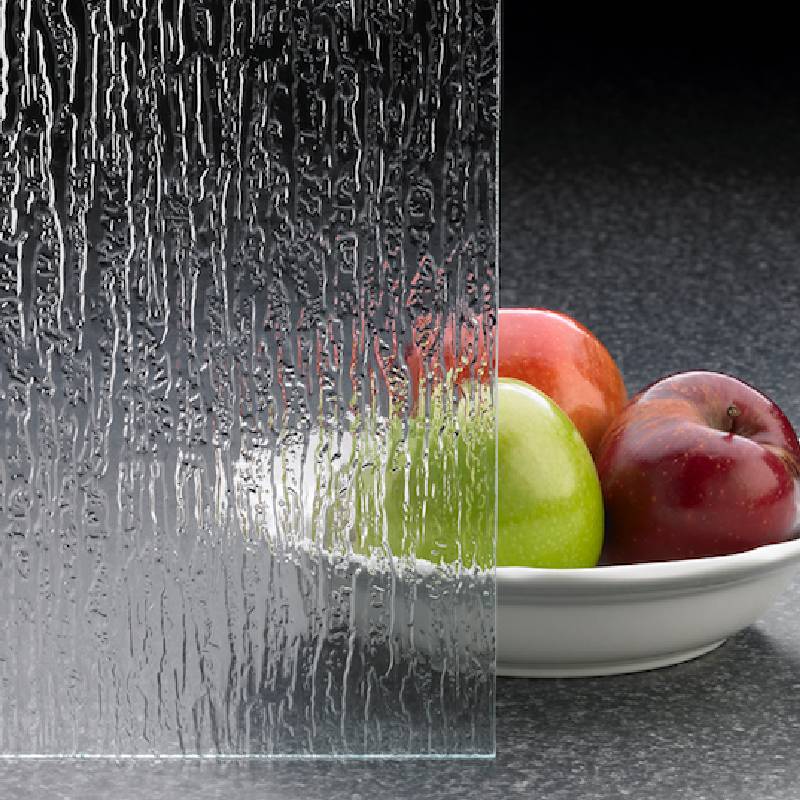White Reflective Glass A Modern Architectural Marvel
In the realm of design and architecture, few materials boast the versatility and aesthetic appeal as white reflective glass. Widely recognized for its striking appearance and functional properties, this innovative building material has become increasingly popular in contemporary structures. As society transitions towards more sustainable and visually stimulating environments, understanding the benefits and applications of white reflective glass becomes essential.
At its core, white reflective glass exhibits a pristine surface that enhances light reflection while minimizing heat absorption. This unique characteristic allows buildings to maintain cooler temperatures during hot weather, reducing reliance on air conditioning systems. As a result, structures equipped with white reflective glass can attain significant energy savings, aligning with global initiatives to promote sustainability and energy efficiency. This quality is particularly advantageous in urban areas where the heat island effect can exacerbate high temperatures.
Beyond its functional benefits, white reflective glass lends an air of elegance and modernity to any architectural design. Its smooth, glossy surface reflects surrounding environments, creating a dynamic and ever-changing façade. This quality not only enhances the aesthetic appeal of buildings but also allows them to harmonize with their surroundings, creating a cohesive look that is both striking and unobtrusive. Architects and designers often use white reflective glass to achieve a clean, minimalist aesthetic, which is increasingly favored in contemporary design philosophy.
Moreover, the application of white reflective glass is not limited to commercial buildings
. Residential projects are also beginning to embrace this material, providing homeowners with a unique way to enhance their living spaces. Large glass panels create a sense of openness and connection to the outdoors, allowing natural light to permeate interiors. The reflective surface can also strategically redirect sunlight, illuminating spaces while reducing the need for artificial lighting, another boon for energy efficiency.
white reflective glass
However, it is essential to consider the potential drawbacks associated with the use of white reflective glass. One primary concern is glare, which can pose challenges for both pedestrians and occupants. To mitigate this issue, architects often incorporate various solutions, such as strategically placing overhangs or using fritted (patterned) glass to diffuse light. By employing these design techniques, it is possible to maximize the benefits of white reflective glass while minimizing its disadvantages.
When it comes to maintenance, white reflective glass is relatively easy to care for, yet it does require periodic cleaning to maintain its aesthetic qualities. Dust, pollution, and environmental factors can dull the reflective surface over time. Regular cleaning ensures that the glass retains its brilliance, contributing to the overall appeal of the structure. Additionally, many manufacturers have developed coatings that enhance the durability and ease of maintenance of glass surfaces, making it an even more practical choice for modern architecture.
In conclusion, white reflective glass stands out as a remarkable material that embodies the principles of sustainability, beauty, and innovation. Its ability to reflect light, reduce heat absorption, and create visually stunning designs makes it a favored choice among architects and builders. As urban environments continue to evolve, the integration of white reflective glass into architectural projects is set to increase, contributing to the creation of more energy-efficient, aesthetically pleasing spaces. With its seamless blend of functionality and style, white reflective glass redefines contemporary architecture, promising to shape the skylines of our cities for years to come.
As we move forward into a new era of design, it is crucial to appreciate the potential of materials like white reflective glass. They not only enhance the visual landscape but also pave the way for a more sustainable and harmonious coexistence between nature and urban development. Embracing this innovative material opens up possibilities for groundbreaking designs that will leave a lasting impact on future generations.
 Afrikaans
Afrikaans  Albanian
Albanian  Amharic
Amharic  Arabic
Arabic  Armenian
Armenian  Azerbaijani
Azerbaijani  Basque
Basque  Belarusian
Belarusian  Bengali
Bengali  Bosnian
Bosnian  Bulgarian
Bulgarian  Catalan
Catalan  Cebuano
Cebuano  Corsican
Corsican  Croatian
Croatian  Czech
Czech  Danish
Danish  Dutch
Dutch  English
English  Esperanto
Esperanto  Estonian
Estonian  Finnish
Finnish  French
French  Frisian
Frisian  Galician
Galician  Georgian
Georgian  German
German  Greek
Greek  Gujarati
Gujarati  Haitian Creole
Haitian Creole  hausa
hausa  hawaiian
hawaiian  Hebrew
Hebrew  Hindi
Hindi  Miao
Miao  Hungarian
Hungarian  Icelandic
Icelandic  igbo
igbo  Indonesian
Indonesian  irish
irish  Italian
Italian  Japanese
Japanese  Javanese
Javanese  Kannada
Kannada  kazakh
kazakh  Khmer
Khmer  Rwandese
Rwandese  Korean
Korean  Kurdish
Kurdish  Kyrgyz
Kyrgyz  Lao
Lao  Latin
Latin  Latvian
Latvian  Lithuanian
Lithuanian  Luxembourgish
Luxembourgish  Macedonian
Macedonian  Malgashi
Malgashi  Malay
Malay  Malayalam
Malayalam  Maltese
Maltese  Maori
Maori  Marathi
Marathi  Mongolian
Mongolian  Myanmar
Myanmar  Nepali
Nepali  Norwegian
Norwegian  Norwegian
Norwegian  Occitan
Occitan  Pashto
Pashto  Persian
Persian  Polish
Polish  Portuguese
Portuguese  Punjabi
Punjabi  Romanian
Romanian  Russian
Russian  Samoan
Samoan  Scottish Gaelic
Scottish Gaelic  Serbian
Serbian  Sesotho
Sesotho  Shona
Shona  Sindhi
Sindhi  Sinhala
Sinhala  Slovak
Slovak  Slovenian
Slovenian  Somali
Somali  Spanish
Spanish  Sundanese
Sundanese  Swahili
Swahili  Swedish
Swedish  Tagalog
Tagalog  Tajik
Tajik  Tamil
Tamil  Tatar
Tatar  Telugu
Telugu  Thai
Thai  Turkish
Turkish  Turkmen
Turkmen  Ukrainian
Ukrainian  Urdu
Urdu  Uighur
Uighur  Uzbek
Uzbek  Vietnamese
Vietnamese  Welsh
Welsh  Bantu
Bantu  Yiddish
Yiddish  Yoruba
Yoruba  Zulu
Zulu 

